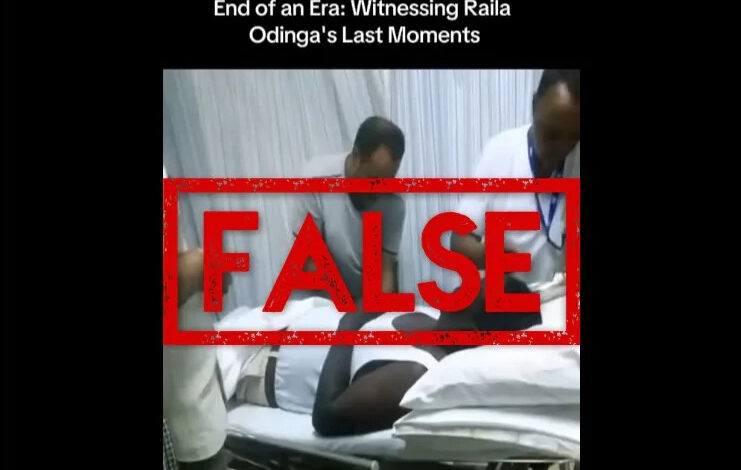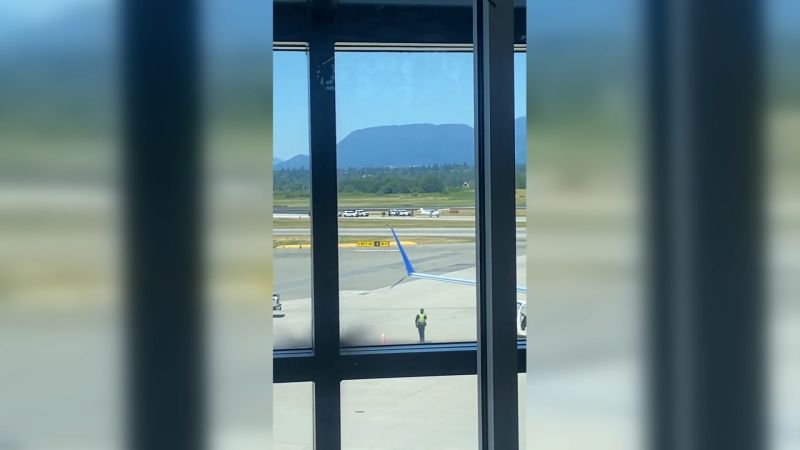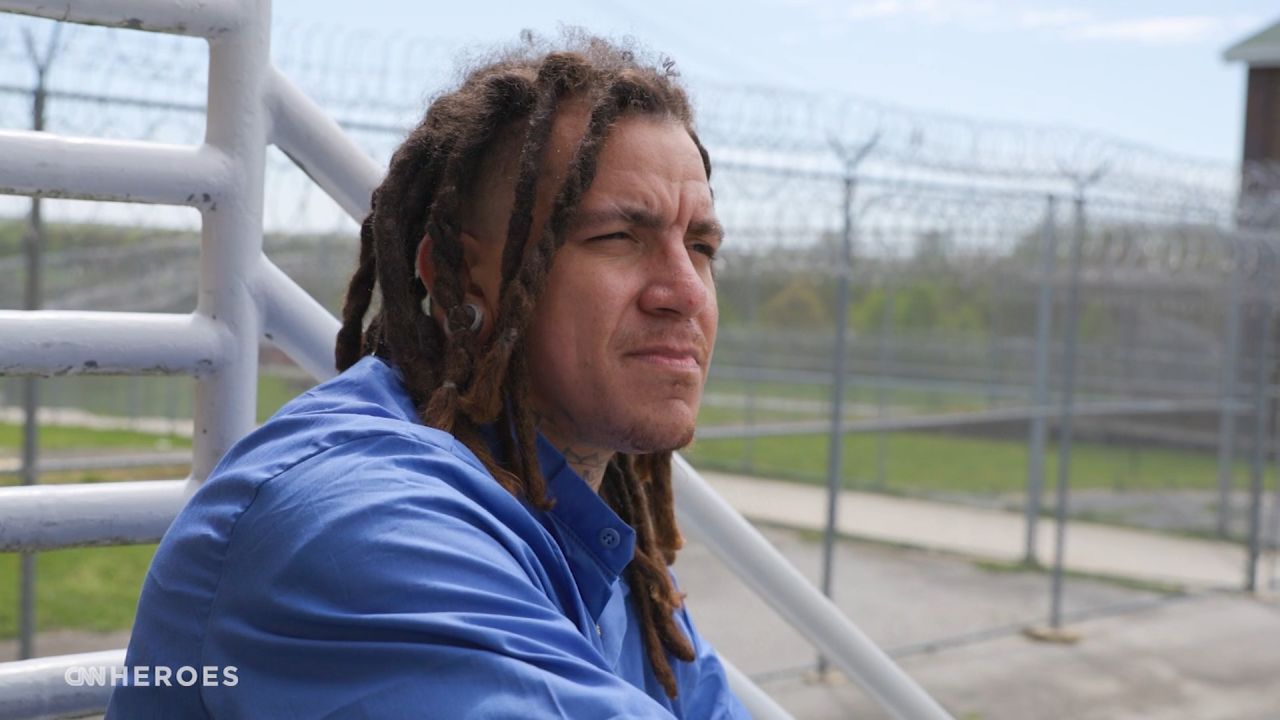Misinformation Swells Following Death of Raila Odinga

Former Kenyan Prime Minister Raila Odinga passed away on October 15, 2025 from cardiac arrest while receiving treatment in India. His death, at the age of 80, has sparked a wave of misinformation across social media platforms, with numerous users sharing misleading clips and images that falsely depict his final moments and the events following his passing.
Odinga, affectionately known as “Baba” (father) by his supporters, died in Kerala, India. After his body was repatriated to Kenya, tens of thousands gathered at the airport to pay their respects. In response to his death, President William Ruto announced a seven-day national mourning period. Following this, Odinga’s body lay in state at the Kenyan parliament, accompanied by public viewings in Nairobi and Kisumu. Tragically, at least five individuals lost their lives, and dozens were injured in crowd surges during these mourning events.
The state funeral service took place in Nairobi on October 19, attended by numerous African dignitaries and conducted with full military honours. Odinga was buried at his family homestead in Bondo, located in western Kenya. Born into a prominent political family as the son of Kenya’s first vice president, Jaramogi Oginga Odinga, he faced significant political challenges early in his career, including detention and exile for opposing the one-party rule of President Daniel arap Moi. Odinga became a pivotal figure in the movement that established multiparty politics in the 1990s and served as Prime Minister from 2008 to 2013.
As the news of his death spread, various false claims rapidly circulated online. One particularly misleading clip appeared on social media shortly after Odinga’s death announcement, allegedly showing him during his final moments. The video featured a still image of Odinga from 2017, misrepresented as recent footage. Fact-checking by AFP revealed that the original image was taken when Odinga was hospitalized for dehydration, not during his last moments. Indicators of manipulation suggest the clip was artificially generated, starting from a still image.
Another false claim involved a clip purporting to show Odinga’s widow, Ida Odinga, mourning at their home in Bondo. The clip, which featured a woman in a red dress, misidentified her as Ida. In reality, she was at their residence in Nairobi on the morning of his death and did not arrive in Bondo until three days later. Verification efforts found that the woman depicted was not Ida Odinga, as established by multiple sources.
As the mourning process continued, additional misleading content emerged. A clip claiming to show mourners in Kisumu, filled with chants in support of Odinga, was also found to be unrelated to the current events. This footage had originally been published in 2019 and showed protests in Haiti, not reactions to Odinga’s death.
In a separate instance, images purporting to show large crowds during vigils for Odinga were identified as AI-generated. While genuine vigils were held, the images shared online lacked credible sources and were traced back to a TikTok account that routinely publishes AI-generated content. Authentic aerial footage from local media depicted clear differences in the structure of the facility compared to that shown in the circulated images.
The rapid spread of misinformation surrounding Raila Odinga’s death underscores the challenges of maintaining accurate narratives in the digital age. As Kenyans mourn the loss of a significant political figure, the proliferation of false claims serves as a reminder of the need for critical engagement with information found online.






